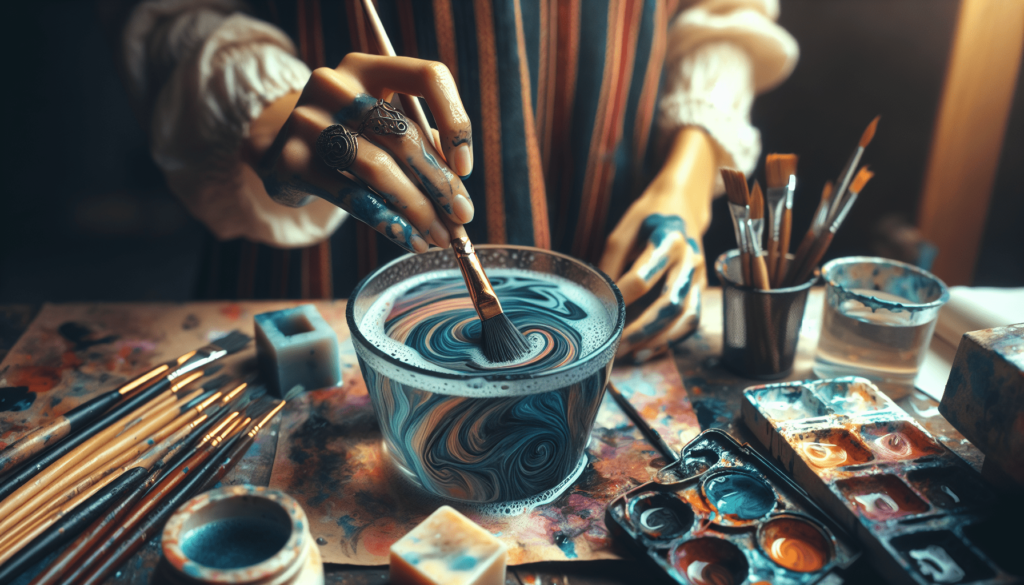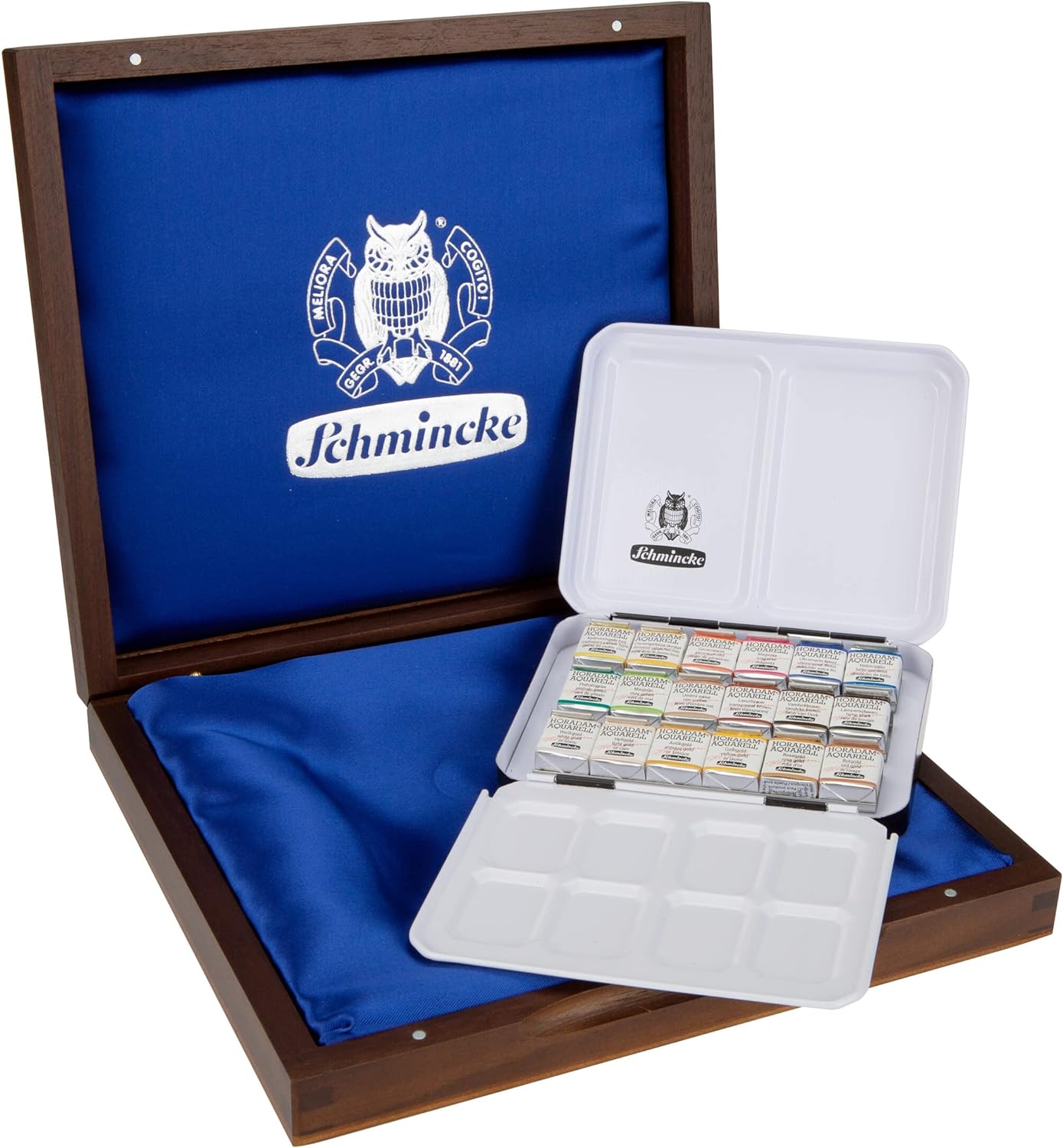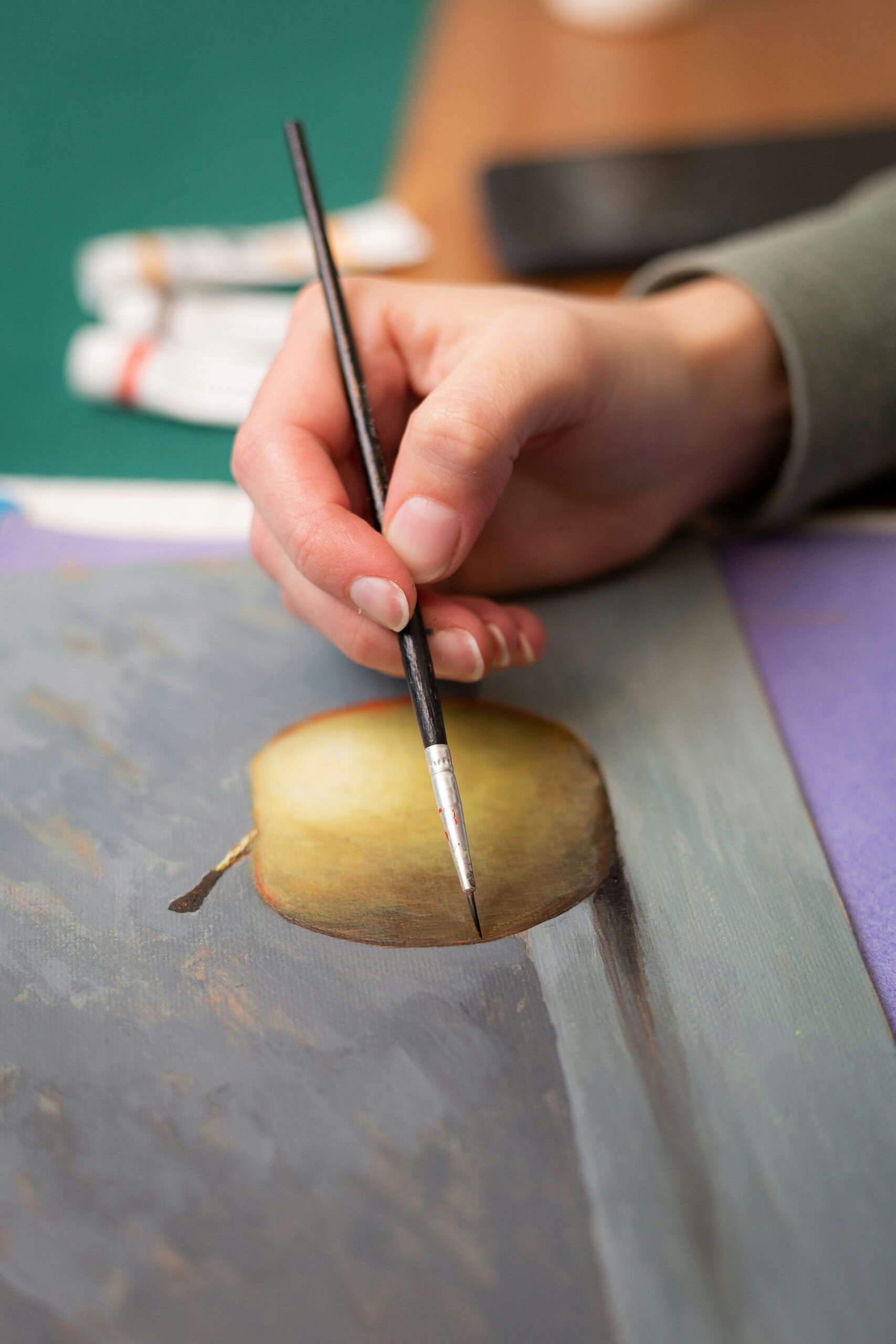As an artist, you already know that maintaining your tools is as important as harnessing your craft. ‘How To Clean Brushes With Oil Paint‘ equips you with insightful tips and proven techniques that help prolong the lifespan of your brushes while ensuring optimal results in your artwork. This comprehensive guide explains the step-by-step process, covering everything from the importance of cleaning your brushes regularly, the best cleaning solutions to use, and time-tested methods to effectively remove oil paint residues. So break free from the cycle of damaging and replacing brushes – it’s time to master the art of brush hygiene.
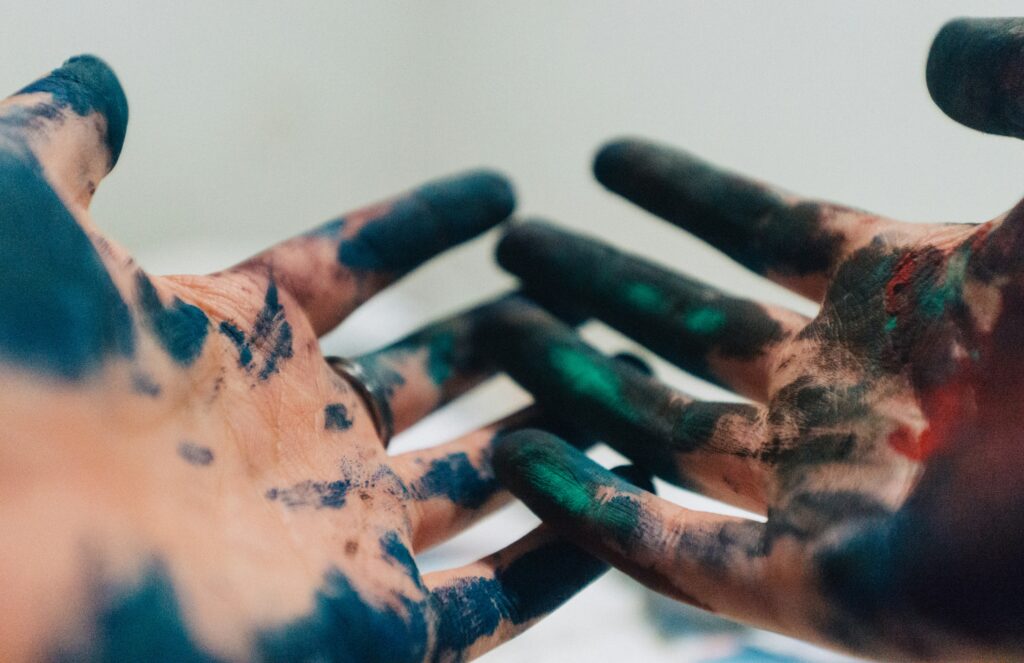
Gather the Necessary Materials
Maintaining the good condition of your paintbrushes is essential to the quality and ease of your painting tasks. To clean your brushes with oil paint, you need the right materials at your disposal.
Mineral Spirits or Turpentine
Begin by sourcing a suitable solvent. Mineral spirits or turpentine are ideal for removing oil-based paint from brushes. These options are equally proficient at breaking down sticky, stubborn, or dried paint.
Soap or Brush Cleaner
After using a solvent like mineral spirits or turpentine, it’s essential to wash your brush with soap or a specialized brush cleaner to keep the bristles soft and in good shape. Remember, a well-maintained brush will serve you well for several years.
Paper Towels
Keep a handy supply of paper towels close by during the cleaning process. You will use these to wipe off the excess paint and to pat your cleaned brushes dry.
Brush Holder or Jar
You need a suitable container for the application of your solvent. Be it a brush holder or a simple jar, all corners of the brush must easily reach all areas of the container for efficient cleaning.
Protective Gloves
Since you’ll be dealing with harsh chemicals, protective gloves are an absolute must. Not only will they shield your skin from potential irritation and harm, but they’ll also keep your hands clean in the process.
Preparation
Before you begin cleaning, a bit of preparation ensures a smooth and efficient operation.
Choose a Well-Ventilated Area
Firstly, select a well-ventilated area to work in. Mineral spirits and turpentine emit strong fumes, which can be harmful when inhaled in a contained area. A well-ventilated area ensures that these fumes do not become overwhelming.
Put on Protective Gloves
Safety should be your paramount concern. Therefore, always remember to put on a pair of protective gloves before you start the cleaning process. This practice prevents your skin from coming into direct contact with these harsh chemicals.
Remove Excess Paint
Before you begin with the application of solvents, it’s crucial to remove as much paint from the brushes as possible.
Wipe Off Excess Paint on a Rag or Paper Towel
Start by gently pressing the bristles against a rag or a paper towel, removing as much paint as you can. Pay attention to the base of the bristles, as accumulated paint can harden over time, making the brush stiff and difficult to use.
Scrape the Brush Gently
For more stubborn, dried paint, a gentle scrape should do the trick. However, be sure to scrape gently to avoid damaging the bristles.
Cleaning with Mineral Spirits or Turpentine
Here is where your solvents come to play. Mineral spirits or turpentine will help dissolve and remove any oil-based paint that is adhered to the brush.
Pour Mineral Spirits or Turpentine into a Brush Holder or Jar
Pour enough solvent into a brush holder or a jar to fully immerse the bristles. Completely soaking the bristles in a solvent ensures that you can clean paint off properly.
Swirl the Brush in the Solvent
With the brush fully immersed, swirl it around in the solvent. Do this until you notice the color of the solvent becoming murky – an indication that the paint is loosening from the brush.
Repeat if Necessary
If the solvent becomes exceedingly tainted with paint or if there’s still visible paint on the brush after cleaning, consider repeating the process with a fresh batch of solvent.
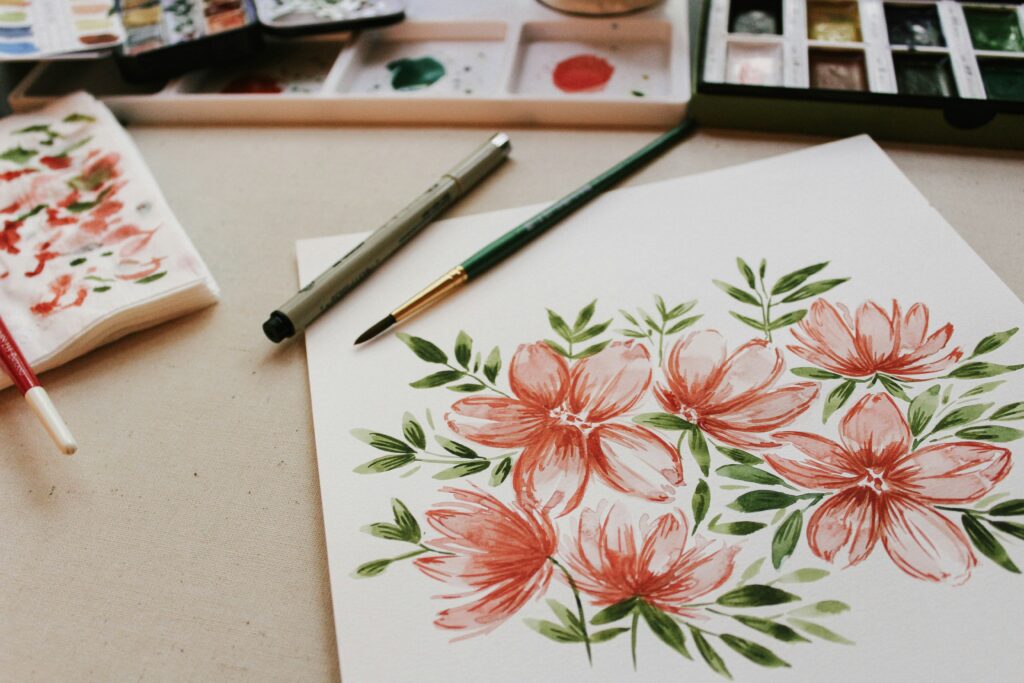
Wash with Soap or Brush Cleaner
After using a solvent, it’s essential to give your brushes a thorough wash to remove any lingering residue.
Apply a Small Amount of Soap or Brush Cleaner to the Brush
Put a dollop of soap or brush cleaner on your brush. A specialized brush cleaner can provide additional care for your brushes, but soap will work fine.
Gently Work the Soap into the Bristles
Work the soap or brush cleaner into the bristles. Be sure to rub gently to avoid damage.
Rinse the Brush Thoroughly
Rinse the brush carefully under running water until the water runs clear.
Removing Stubborn Paint
For exceptionally stubborn paint, you may need to employ more aggressive tactics.
Soak the Brush in Mineral Spirits or Turpentine Overnight
If a brief soak in the solvent doesn’t do the trick, try leaving it immersed overnight. This extended exposure should be able to loosen the most stubborn of paints.
Clean the Brush with Soap or Brush Cleaner
Once the brush has been soaked overnight, don’t forget to give it a good cleaning with soap or a brush cleaner, as described above.
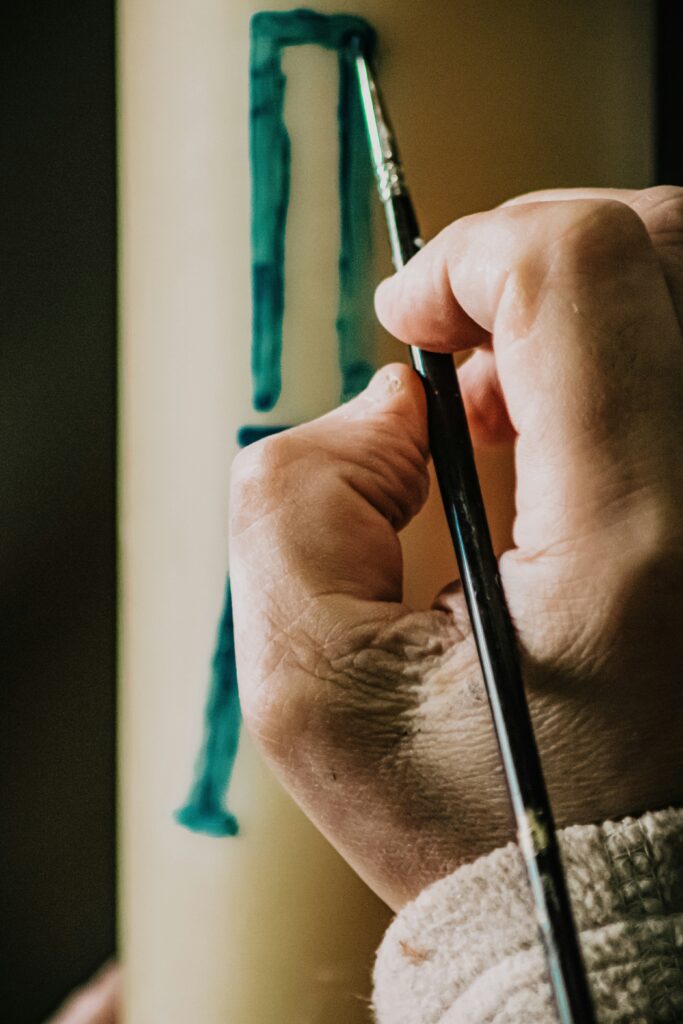
Reshaping the Brush
After cleaning, it’s essential to reshape the paintbrush to maintain its effectiveness for the next use.
Gently Shape the Damp Bristles
While the bristles are still damp, use your fingers to gently reshape them. This helps the brush maintain its form and extend its useful lifespan.
Allow the Brush to Air Dry
Leave the brush to air dry in an upright position, allowing the water to drip down and evaporate naturally. Do not apply artificial heat, as it could damage the bristles.
Storing the Clean Brush
Proper storage of your brushes maintains their shape and prolongs their lifespan.
Store the Brush with the Bristles Facing Up
After drying, store the brushes vertically with the bristles upwards. This keeps the bristles in their normal shape and prevents any crimping or distortion.
Protect the Brush with a Brush Guard or Wrap in Paper
Consider using a brush guard or simply wrapping your brushes in paper. This added layer of protection ensures their shape remains intact and they are not damaged while stored away.
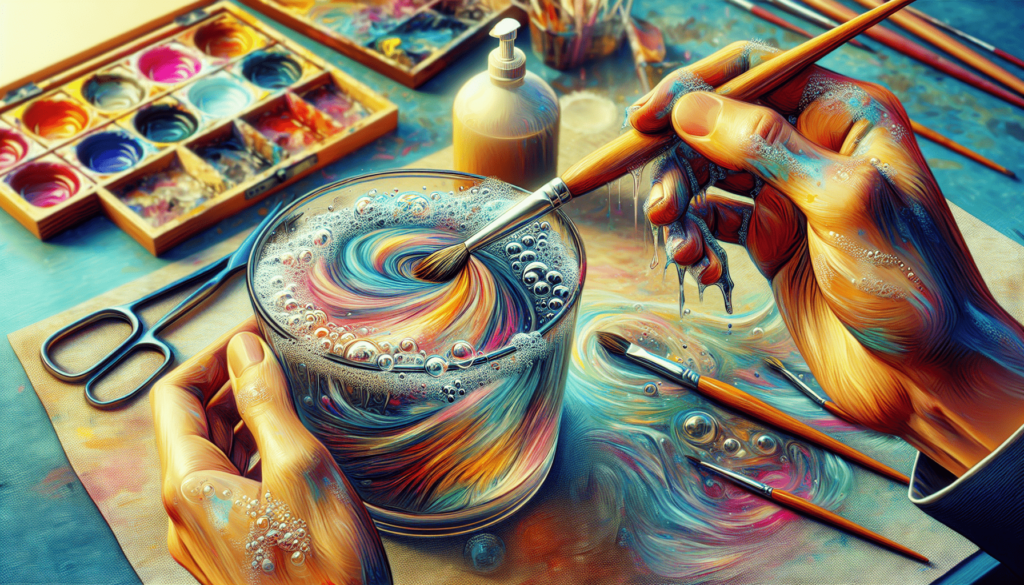
Maintaining the Clean Brush
Proper upkeep of your brushes can help extend their lifespan and maintain their performance.
Regularly Clean Brushes after Each Painting Session
Make it a point to clean your brushes after each painting session. Proactive cleaning prevents the accumulation of dried paint, which may compromise the quality of your brush and your work.
Avoid Letting Paint Dry on the Brush
Avoid leaving paint on the brushes for extended periods. Dried paint can be difficult to remove and may lead to permanent damage.
Store Brushes Properly to Prevent Damage
Store brushes as advised to prevent any damage. Proper storage ensures that your brushes maintain their shape and function.
Additional Tips
In addition to the above, here are some additional tips to consider:
Try Using Baby Oil or Vegetable Oil as Brush Cleaners
If you are not keen on using harsh solvents, you might want to try using baby oil or vegetable oil as alternatives. Both the oils are effective in breaking down oil-based paints.
Avoid Harsh Chemicals that may Damage the Brushes
It’s important to avoid harsh chemicals that can degrade the bristles of the brush. Always choose cleaners and solvents that are designed for brushes, or follow the additional tips as provided.
In summary, with the right materials, adequate preparation and proper technique, cleaning brushes with oil paint can be easily and effectively achieved. By following these steps and keeping these tips in mind, your brushes should serve you well for several years. Happy painting!
